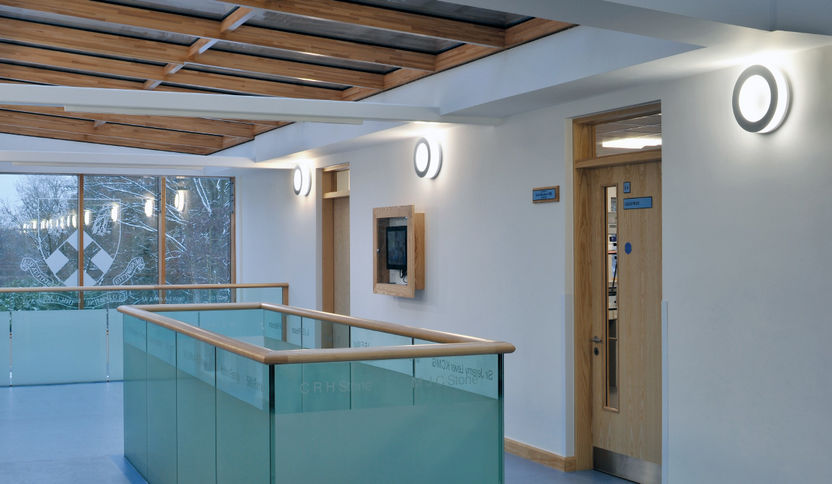
Introduction

In order to answer the question of what makes good lighting, it is necessary to identify and understand human needs affected by lighting. These needs can be explained to a large extent by looking at human evolution which has been shaped by daylight for millions of years.
Since the shift towards industrialised societies, most of humankind has been living in built up areas. As a result, technology and science have focused mainly on researching basic vital human needs within buildings.
The most obvious one is the need for good visual conditions in order to be able to recognise shapes, colours and movements. In detail, these are the visual needs.
In addition, there is a need for orientation, in order to be able to recognise and assess one’s location and surroundings.
Lastly, there are also non-visual needs which are ascribed to the effects of lighting, but primarily do not influence visual perception. This realisation is becoming increasingly concrete in the more recent past.